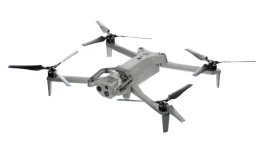- Views: 3K
- Replies: 29

The Joint Venture Protective Carbine (JVPC), hailed for its innovative design as a compact and lightweight weapon, encountered a significant roadblock in its journey to widespread adoption within the Indian Army. The primary culprit behind this setback was the unpopularity of its 5.56 x 30mm ammunition.
This unique caliber, developed specifically for the JVPC, deviated from the standard 5.56 x 45mm NATO round utilized by the Indian Army and its allies. This divergence created logistical challenges, as supplying and maintaining separate ammunition stocks for the JVPC would have added complexities to military operations.
The 5.56 x 30mm round's limited use globally also raised concerns about its availability during wartime scenarios. This reliance on a non-standard caliber could potentially hinder operational flexibility in situations requiring resupply from external sources.
Despite its innovative features and promising performance, the JVPC's fate was ultimately sealed by the ammunition incompatibility issue. While it found some acceptance among paramilitary forces, the Indian Army's preference for standardized ammunition proved to be an insurmountable hurdle.
The JVPC's story serves as a stark reminder of the importance of ammunition compatibility and logistical considerations in the development and adoption of new weapon systems. While the carbine itself showcased potential, its reliance on an unpopular and non-standard caliber ultimately hindered its widespread acceptance within the Indian Army.




